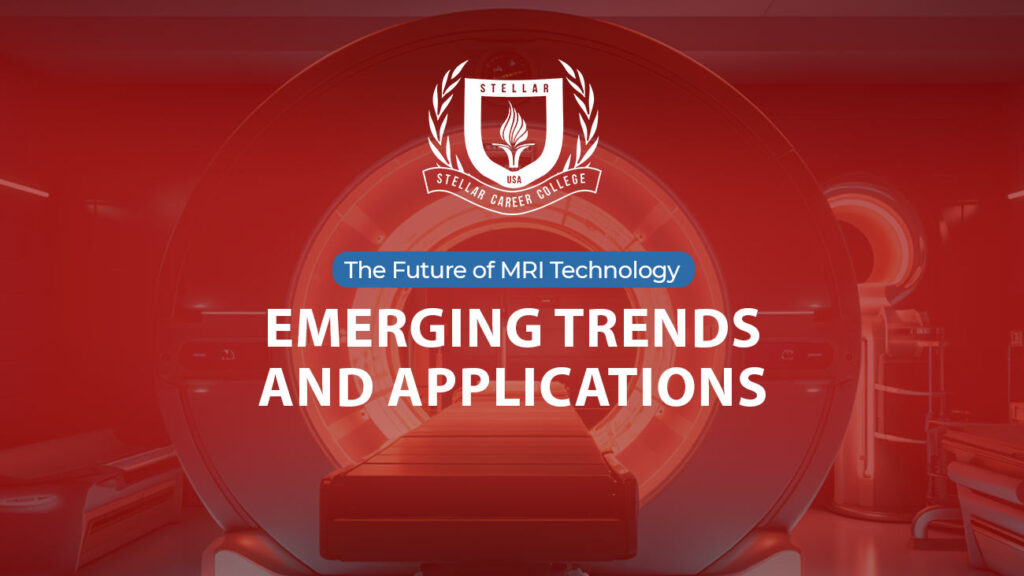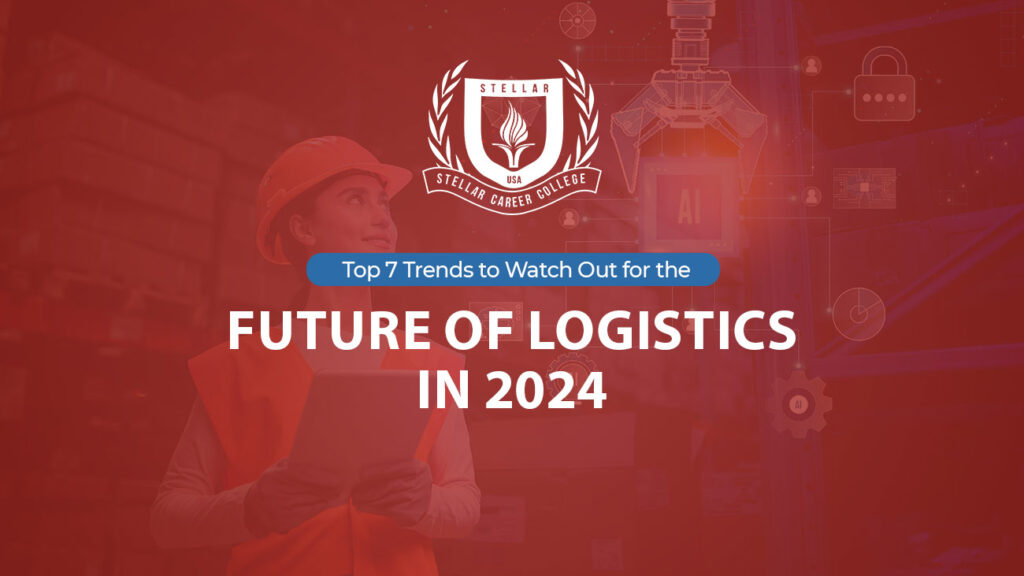The logistics industry handles the trade of diverse categories of products, from food, clothing, and medical supplies to everything. However, AI takeover, new regulations, and transitioning customer demands are increasing challenges for logistics companies to stand strong in the competitive market.
With a global $10115.6 billion market worth, the logistics industry is said to be the backbone of global trade. Aided by supply chain management advancements and e-commerce innovations, it is forecasted to reach 14081.64 billion by 2028. Hence, the rapid transformation urges logistics companies and individual service providers to stay ahead of upcoming twists and turns.
This article covers the upcoming trends and innovations that will shape the future of logistics in 2024 and beyond.
A Rundown of Upcoming Innovations in Logistics
Since the advent of AI, ML, and other automation technologies, the logistics industry is under a constant phase of change. Customer expectations, stringent regulatory measures, adaptability to innovations, and sustainability in the market competition are to name a few. While these disruptions bring strong implications, logistics companies have proven to be at the forefront of adopting and integrating transformations.

In an ever-transforming landscape of innovative logistics, following are the upcoming industry trends to keep track of:
- Advent of Artificial Intelligence (AI) and Machine Learning (ML)
Since their arrival, AI and ML have been revolutionizing every industry and have equal part in the future of logistics. They are poised to transform the logistics industry by enhancing decision-making, reducing operational malfunctions, and predicting consumer demands.
AI and ML will further have the following implications:
- Route Optimization
The ML algorithms can self-learn. In the case of logistics, they can predict disruptions on the route before the shipment leaves. ML can further analyze weather conditions, overcrowding of traffic, and road closures, which enable logistic companies to look for an alternative route. Hence, they can save fuel consumption and shipment delays.
- Forecasting Consumer Demand
Integrating AI and ML technology in logistics will enable companies to analyze factors that can lead to an increase in consumer demand. By interpreting weather patterns, historical information, and other elements, it helps businesses to optimize inventory, production, and stockouts.
- Quality Assurance
AI and ML make quality control easier through automated testing and inspection of goods for any damage or defects. Hence, logistics companies can ensure only high-quality goods make it to the shipment.
- Robotics and Automation
Automation is one of the relatively newer trends in logistics. However, with every passing day, it is rapidly gaining momentum. In the upcoming years, the logistics industry will be surrounded by innovations where drones and robots will handle most of the manual tasks. For instance, inventory management, packaging, goods pick-up, and last-mile shipments.
- Warehouse and Inventory Management
AI and ML technologies are sure to shape the future of logistics by increasing efficiency, cutting down operational charges, and reducing man-made errors. In 2024 and beyond, mobile robots and autonomous vehicles will be seen taking over as a new and improved mode of warehouse management.
- Last-Minute Shipments
Driverless cars, self-driven robots, and other automated tools are already in the testing phase to be made a part of mainstream logistics. After integration, the supply chain management companies will experience swift deliveries, timely routing of shipments, and filling in missed spots to reduce additional charges.
- Blockchain Technology-Driven Transparency
Blockchain technology has been emerging as a game-changer in allowing transparency. It refers to the shared business network where all stored information is accessible by linked companies. In this concept, the former forms the blocks while the latter connects as chains. Similarly, blockchain technology is one of the catalysts driving innovation in logistics.
- Transparency and Traceability
Blockchain technology is one of the leading factors behind the logistics industry’s growth because it keeps transparency intact. With every information stored on a shared network, there remains less chance of tampering. Furthermore, every transaction is stored in a private but joint ledger that ensures accountability and discrepancy-free operations.
- Identifies Unauthorized Products
The high-value products have thousands of replicas in the market, but their entry into logistics can jeopardize the brand’s reputation. This is where AI and ML algorithms take over by identifying such goods before they make it to the supply chain.
- Reduced Manual Errors
The efficient and automated AI and ML technology is less prone to errors than humans. It critically handles every document from dock clearance, custom approval, payment records, and contracts. Furthermore, ML algorithms are capable of detecting signs of forgery and tampering, which makes document management smart and easier.
- Internet of Things (IoT)
This technological concept refers to the connection and interaction among the devices, objects, or appliances connected to the internet. While IoT is transforming every other industry, it is also spreading its roots in the logistics sector. Optimized costs, surveillance, improved decision-making, and cold chain management are some of the outcomes.
- Cold Storage Surveillance
Industries like food, pharmaceuticals, and research often require cold storage to keep their goods safe. IoT sensors monitor the temperature and make sure the temperature-sensitive goods are kept within the required range before and during transportation.
- Shipment Tracking and Movement Monitoring
The IoT sensors serve various functions for logistics companies, among which the most common is shipment tracking. They offer real-time information and provide companies with movement of goods throughout the route until they reach the destination.
- Identifies Maintenance (if Needed)
In addition to shipment and warehouse monitoring, IoT sensors also keep track of vehicles, tools, and equipment performance. They identify and flag where maintenance is required. This way, IoT sensors help logistics companies to track breakdowns before they occur.
- Omnichannel Logistics Approach
In 2024, another approach is going to fuel the future of logistics, which is the omni-channel approach. This concept refers to the synchronizing of distributions, goods, and inventory across all sale points. Omni-channel logistics approach aims to predict and meet consumer’s demands on time. This process integrates every channel of the supply chain, such as manufacturers, retailers, wholesalers, and distributors, to play their respective roles.
- Shipping Modes Flexibility
The omni-channel logistics approach will enable supply chain companies to introduce flexible delivery modes. These majorly will include click-and-collect, home delivery, and in-store shipment returns. Being one of the logistics technology trends, the omnichannel approach will help companies integrate every channel seamlessly.
- Integration and Management of Data
After integrating the omni-channel approach, logistics companies will be able to form a secure and unified information channel to analyze and understand consumer behavior. Furthermore, they will be able to predict purchasing patterns and preferences to ensure personalized experience for end-users.
- Synchronization of Goods and Inventory
In addition to other benefits, logistics companies will be able to meet consumers’ demands more swiftly by introducing an omnichannel approach. It will enable them to synchronize inventory across multiple channels and allocate fast deliveries accordingly.
- 3D Printing – An Alternative to Traditional Models
Among other innovations in supply chain management, 3D printing holds the force to tick out traditional logistics models. In the upcoming years, industries will be able to swiftly meet the consumers’ demands for spare parts and personalized manufacturing.
- Personalized Production
3D printing will help logistics companies understand and fulfill the growing customized needs of end-consumers. They will be able to design, manufacture, and deliver customized goods in minimal time. This innovation will not only prove to be a competitive edge but also a cost-effective solution. 3D printing will outweigh extensive inventory production and management with on-demand production.
- Minimizes Repair Downtimes
With 3D printing, there will be less need to manufacture spare parts in bulk; rather, companies can produce the required parts on time. Hence, logistics companies can save a huge amount and minimize downtime for periodic maintenance.
- Green Initiative for Carbon Footprinting Reduction
For the future of logistics, sustainability, and long-term growth will no longer be buzzwords. With more eco-friendly alternatives such as automation, robotics, and the use of other technologically advanced tools, industries will be able to cut down carbon footprint completely. Packaging, energy efficiency, AI and ML integration, and on-demand production reduce greenhouse gas emissions.
- Electric Transports and Drone Shipping
While traditional transportation remains one of the major causes of carbon footprints, electric vehicles, and drone shipping are emerging as more secure alternatives. In the near future, logistics companies will completely rely on e-transports for deliveries to create zero-emission zones.
- Waste Reduction During Packaging
With more sustainable packaging tools and techniques entering the global market, logistics companies can reduce waste.
Stellar Career College is Your Gateway into the Ever-Evolving Logistics Industry
Keeping the trends and upcoming demands under consideration, Stellar Career College offers an Associate Degree in Logistics, Warehousing, and Supply Chain Management. This 90-quarter credit hours course focuses on training individuals with problem-solving technical skills, processes and functions in the supply chain, and cost-reduction opportunities. Hence, our AAS Logistics, Warehousing, and Supply Chain Management prepares students with entry-level skills to make improvements in the ever-evolving logistics industry.





